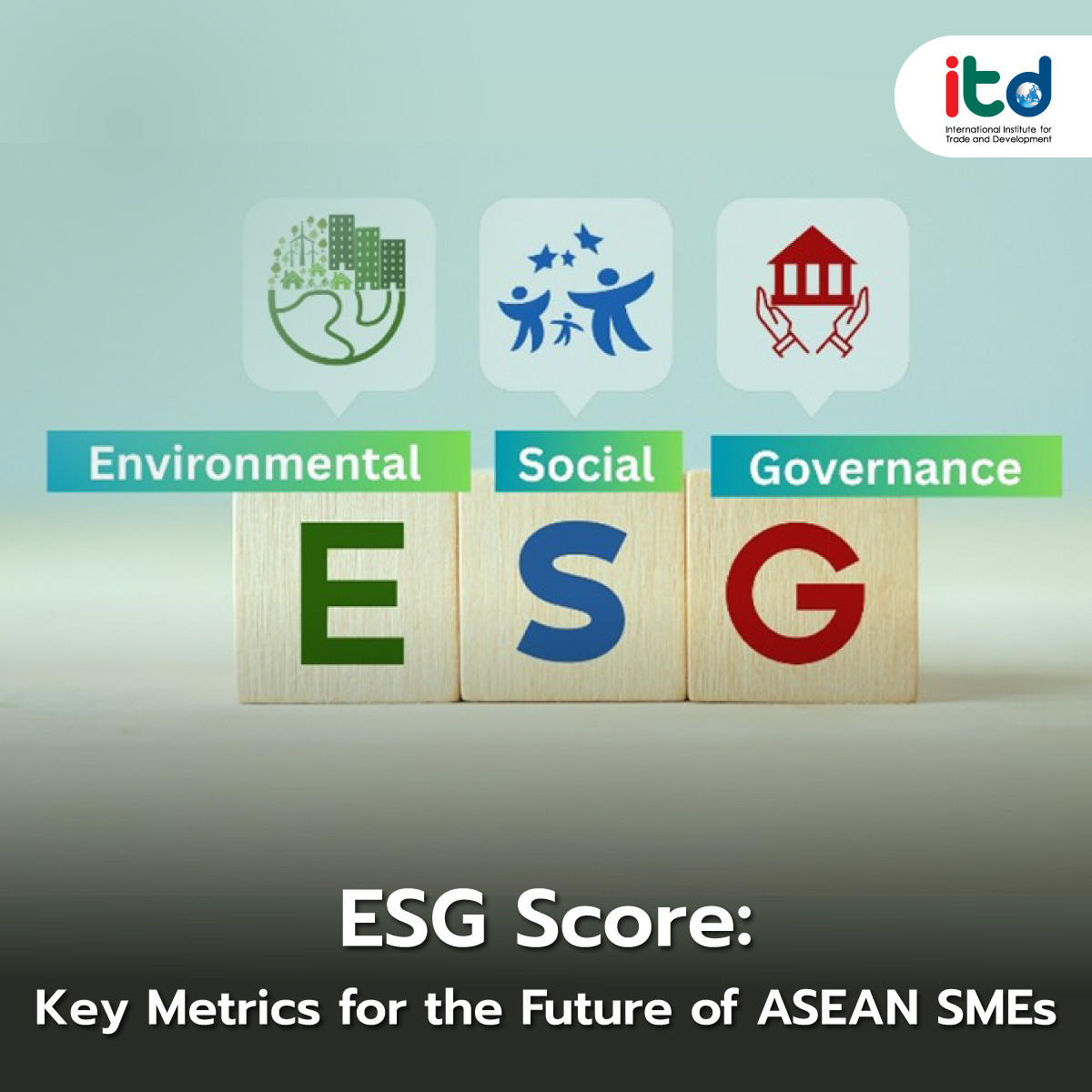About Documents
Technology has not only made daily life more convenient, but it has also become a tool for committing modern crimes, particularly cybercrime. This type of crime has rapidly evolved in its methods, tools, and patterns. Just as people learn to use new technology, criminals also gain experience and expertise to carry out increasingly sophisticated cyberattacks.
People who want to profit from scams without having to write code or perform hacking themselves can now purchase scam systems or templates—commonly referred to as Scams-as-a-Service (SaaS). This has made cybercrime more accessible. The use of artificial intelligence (AI) as a tool for scamming has further simplified operations for criminals and made it easier to mislead victims.
Phishing remains a popular and effective method, involving the impersonation of emails, messages, or websites to steal information. These often pretend to be from digital service providers, cloud platforms, social media, or cryptocurrency services—reflecting current digital trends.
According to the Hi-Tech Crime Trends 2023/2024 report, ransomware and Initial Access Brokers (IABs), who breach computer systems to sell access rights, are key drivers of cybercrime. This is evident in the 74% annual increase in company data being sold on dedicated leak sites (DLS). Even macOS systems have seen a fivefold increase in such underground information sales.
Cyfirma also reported a 35% rise in Advanced Persistent Threats (APTs)—long-term, strategic cyberattacks—targeting government organizations. Countries with large and developed economies such as Japan, the United States, and the United Kingdom, as well as the Asia-Pacific region, have been targeted.
East and Southeast Asia, particularly Taiwan, Thailand, Indonesia, Malaysia, Singapore, and Vietnam, have become attractive new targets for APTs. This may be due to a shift in target priorities or improvements in cybersecurity defenses in previously targeted countries.
Within ASEAN, Cyfirma’s data shows that Singapore ranks 5th globally in phishing activity, often used as a proxy location by attackers. Vietnam ranks 10th, Indonesia 12th, Malaysia 19th, and Thailand 50th.
ASEAN’s rapid economic growth and development have turned it into a breeding ground for domestic cybercrime activities while also attracting sophisticated cybercriminals from abroad. The region’s landscape has shifted as cybercrime increasingly replaces traditional street criminal activities.
Cybercrime causes significant financial damage, compromises personal data, and threatens national cybersecurity. However, cracking down on cybercrime hubs—especially in border areas and conflict zones within ASEAN member states—remains difficult due to political issues, legal loopholes, lack of law enforcement capacity, or hidden interests.
The transnational nature of cybercrime poses a major challenge. Harsh measures, such as Thailand cutting electricity along its border with Myanmar, often have little impact on professional criminals but disproportionately affect local border communities.
Solving cybercrime requires ASEAN governments to do more than just engage in genuine dialogue with a shared commitment to solving the issue, but decisive actions are also necessary. Earlier in 2025, regional cooperation in cracking down on cybercrime operations demonstrated that meaningful results are possible—if there is real determination to act.
However, if ASEAN continues to allow the situation to persist, it is likely that the international community will increasingly perceive the region as a breeding ground for cybercrime.
Author:
Ms. Patcha Thamrong-ajariyakun
Senior Researcher
International Institute for Trade and Development (Public Organization)
www.itd.or.th
Publication: Bangkok BIZ Newspaper
Section: First Section/World Beat
Volume: 38 Issue: 12896
Date: Wednesday, May 7, 2025
Page: 8 (bottom)
Column: “Asean Insight”





